In Japan’s martial arts world, Aikido emphasizes smooth moves and balance over brute strength. It’s an exciting way for seniors to maintain activity levels while boosting flexibility. Control and harmony take centre stage in Aikido, which caters perfectly to older adults keen on uplifting their physical and mental wellness.
Seniors can embark on this journey, whether they live alone or in assisted living communities, by taking measured steps toward securing safety for long-term triumphs.
Start With a Qualified Instructor and Beginner Classes
Seniors starting Aikido need a good teacher. Someone who knows how older beginners learn best is ideal. These teachers can make sure movements are safe and comfortable. Beginning classes that focus on the basics work well for seniors. The first aim should be keeping balance, falling safely, and doing light joint exercises.
It’s important to avoid high-paced or advanced lessons in the early stages so injuries don’t happen easily while confidence grows steadily. Group classes for older adults also help build community spirit, which encourages them more.
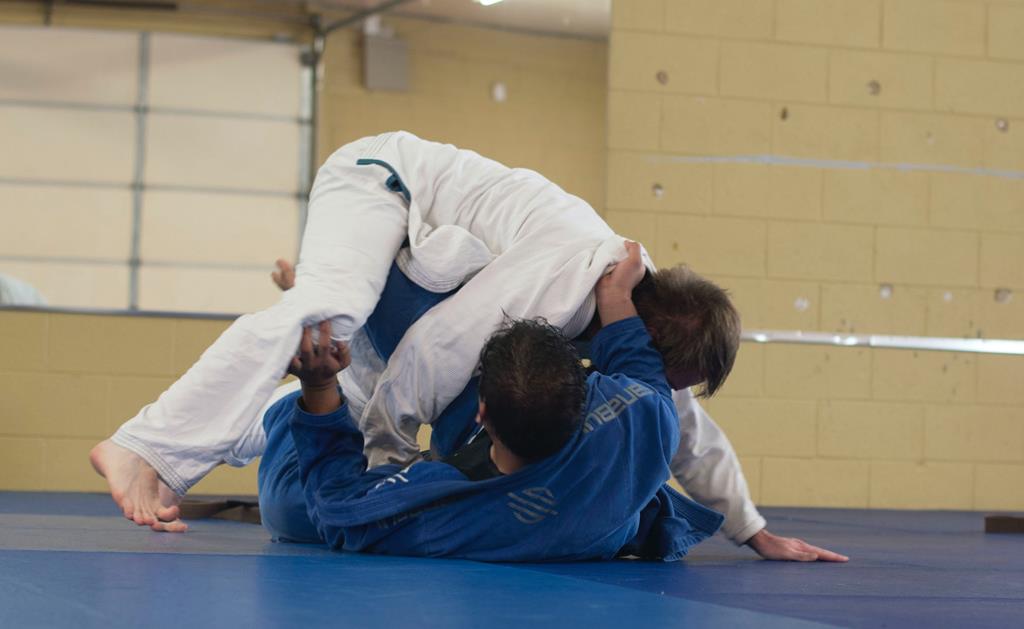
Focus on Balance and Flexibility Training
Aikido is all about balance and controlling one’s body. It also needs smooth, flowing moves. Before seniors start with the techniques, they need light workouts that target their balance skills and stretching to improve flexibility. Tai chi or yoga can be good additions alongside Aikido as these activities help prepare the body for fluid movements while keeping muscle strains at bay.
One should practice gentle stretches before and after each session of exercise, which helps increase flexibility over time. This makes it safer when executing different kinds of movement, such as turns, rolls, or defensive stances.
Prioritize Safety and Injury Prevention
Seniors need to stay safe when learning martial arts. Using the right mats and supportive shoes during practice helps avoid falls or straining joints. It’s important that seniors don’t push themselves into moves they find hard or painful.
Learning ‘ukemi’, a way of falling safely, early in their training can help lower the chances of injury by teaching them soft landing techniques for unexpected tumbles. A clear talk with teachers about physical issues ensures that the practices fit each senior just right.
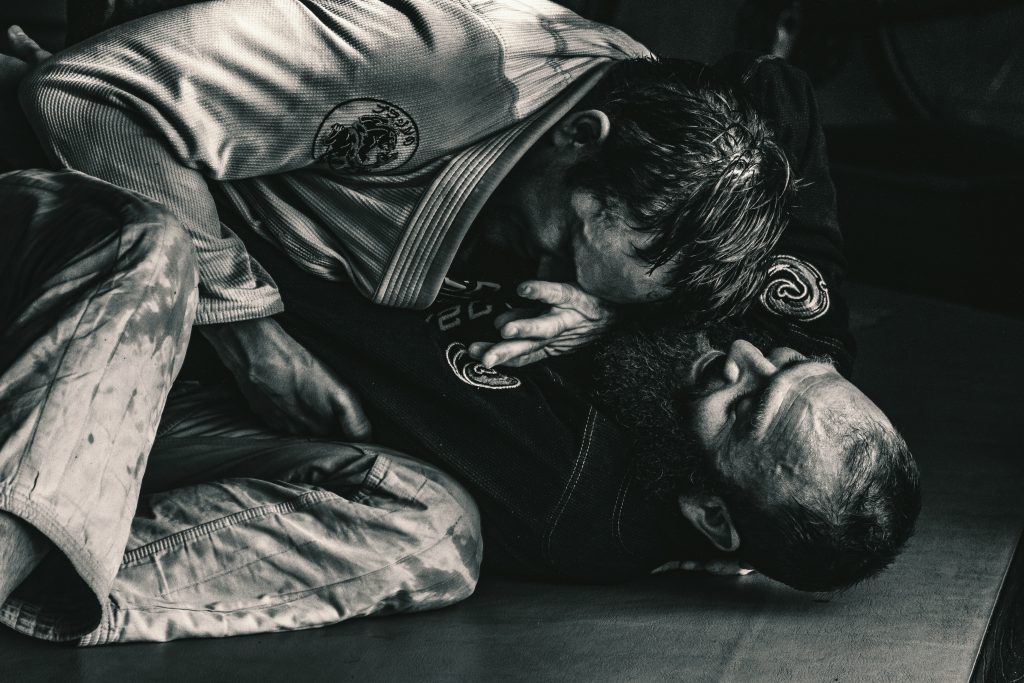
Listen to Your Body and Progress Gradually
Seniors need patience when starting Aikido and must know what their bodies can handle. Pushing too hard could cause injuries, so listening to the body’s signals and taking breaks as needed is important.
Moving slowly through moves and techniques helps build strength and confidence in abilities over time. Practising at a steady, comfortable pace ensures they improve without risking safety. Before jumping into Aikido, seniors should talk with health providers to ensure this martial art aligns well with any existing medical conditions.
Conclusion
Aikido is a great activity for seniors, enhancing balance, coordination, and mental focus. With the right instructor on board and an emphasis on safety and taking things easy at first, this martial art can be thoroughly enjoyed by older adults who want to remain active in their later years while practising mindfully.
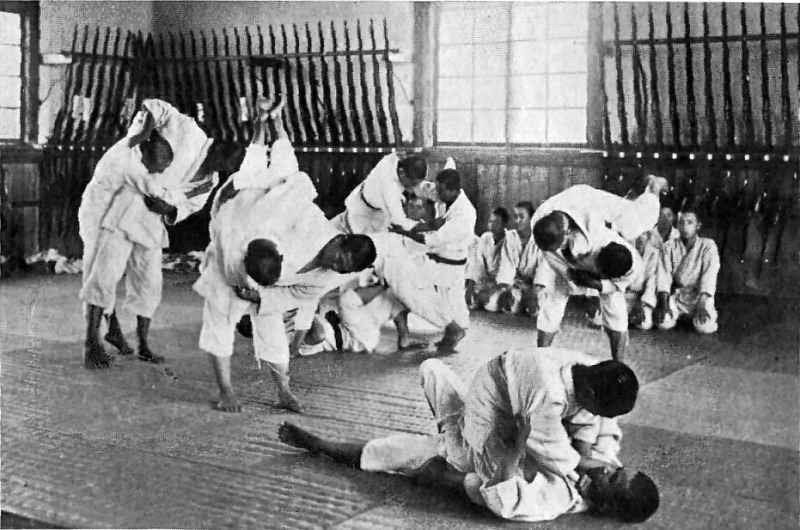
For more posts like this, check out our combat sports section.

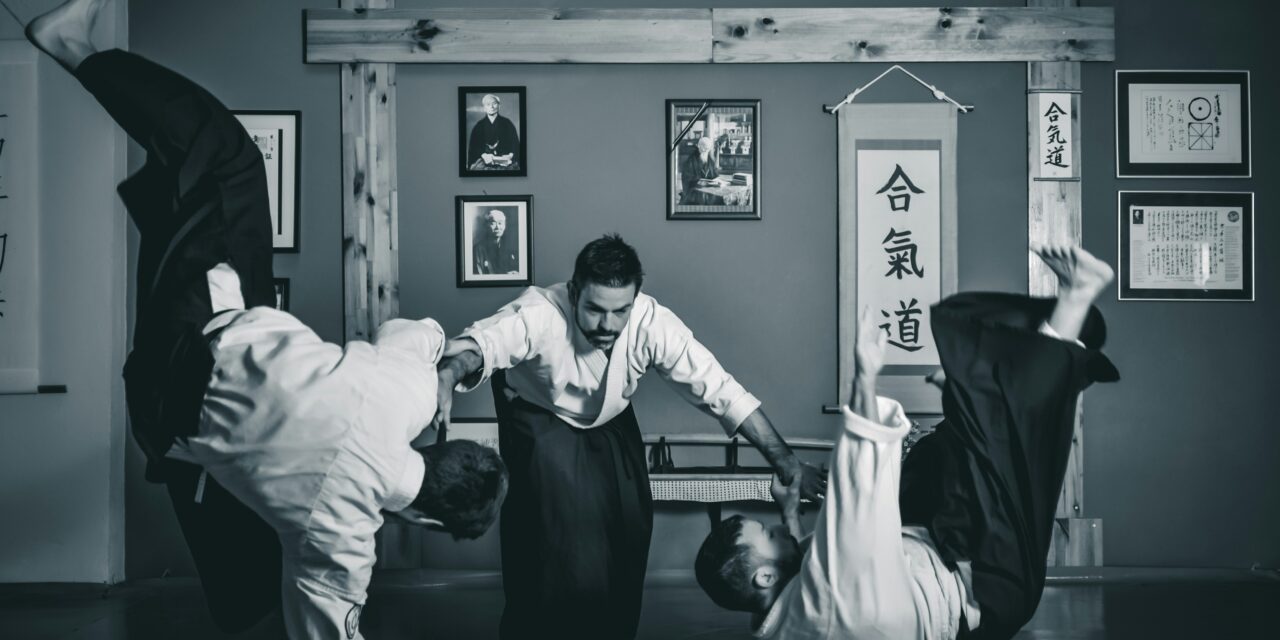



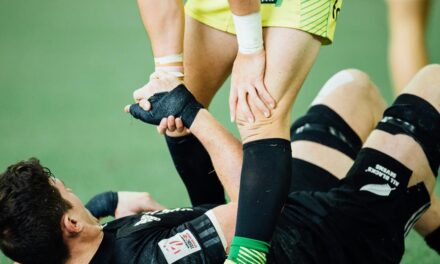
Trackbacks/Pingbacks